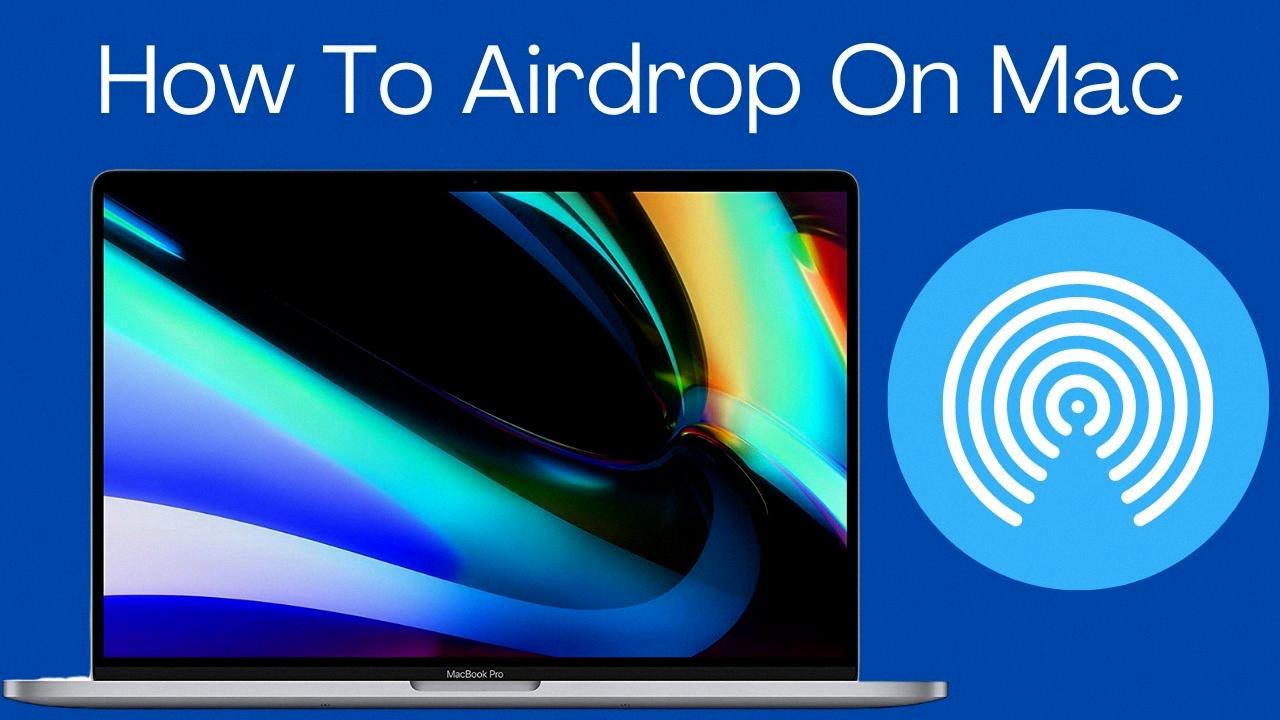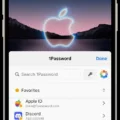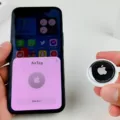Are you having trouble getting your AirDrop working on your MacBook Pro 2011? It’s not an uncommon problem, but luckily there is an easy fix. With the right settings and a few simple steps, you can have AirDrop up and running in no time.
AirDrop debuted on Mac OS X 10.7 Lion (released in 2011), but the protocol used was not compatible with iOS 7 (released in 2013). Starting with OS X Yosemite (released in 2014) and iOS 8 (released in 2014), AirDrop works between OS X (now macOS) and iOS seamlessly.
However, if your MacBook Pro is running OS X Mavericks or earlier, you’ll need to open Finder and click on AirDrop in the sidebar to transfer files. One other thing that could be causing difficulty is if you have the Airdrop settings set to “Contacts Only” for added privacy. In this case, both devices connecting through Airdrop must be logged into iCloud before they can connect with one another.
To turn on and set up AirDrop on your MacBook Pro 2011:
1. Select “Go” from the Finder menu.
2. Choose AirDrop from the menu that appears.
3. If it doesn’t appear automatically, select “Show All Devices” from the bottom of the window to search for all available devices in the range of your laptop.
4. At the bottom of the AirDrop window, select “Allow me to be discovered by:” Everyone or Contacts Only depending on who you want to be able to connect with through Airdrop.
5. Once this setting is chosen and items are selected for sharing, click share and wait for confirmation that it has been sent successfully!
6. To get files from people not included in your Contacts app uses the “Allow me to be discovered by: Everyone” setting at the bottom of the AirDrop window – this will allow any device nearby to connect with yours through Airdrop even if they are not saved as a contact on your laptop!
By following these simple instructions, you should have no trouble getting your AirDrop working properly on your MacBook Pro 2011! Happy sharing!

Source: youtube.com
Enabling AirDrop on Older Macs
To get AirDrop to work on an older Mac running OS X Mavericks or earlier, you must first open Finder by clicking the blue, smiling face in the dock at the bottom of your screen. In the Finder window, click on AirDrop in the sidebar on the left side of the screen. Once you have clicked AirDrop, a new window will appear with information about nearby users who are also using AirDrop. To initiate a transfer, simply drag and drop files from your Mac’s desktop into this window. On the other person’s Mac, they will be prompted to accept or reject the file transfer. If they accept it, your file will be sent to their device.
Troubleshooting AirDrop Issues on MacBook Pro
If your MacBook Pro is not showing up on AirDrop, there could be a few different reasons. First, you should make sure that both devices (the MacBook Pro and the device you’re trying to AirDrop from or to) have Wi-Fi and Bluetooth enabled. If both devices have these settings enabled, then you should also make sure that AirDrop is turned on in the Finder sidebar of your MacBook Pro. Additionally, if you are using the contacts-only setting for privacy on Airdrop, then both devices connecting through Airdrop must be logged into iCloud. If all of these settings are correct but your MacBook Pro still isn’t showing up on AirDrop, then it may be helpful to restart both devices and try again.
Enabling AirDrop on a Mac (2010)
To turn on AirDrop on your Mac 2010, open the Finder window and select “Go” from the menu bar. From the drop-down menu, select “AirDrop”. This will open up a new window with two options at the bottom: “Allow me to be discovered by” and “Don’t allow me to be discovered by anyone”. Select “Allow me to be discovered by” and choose either “Contacts Only” or “Everyone”. Once you have selected your desired option, you will now be able to use AirDrop with your Mac 2010 computer.
Does the 2012 MacBook Pro Have AirDrop?
Yes, the 2012 MacBook Pro does have AirDrop capability. AirDrop is a feature of Apple devices that enables you to quickly and easily transfer files wirelessly from one device to another. It works between Mac computers, iPhones, and iPads that are running iOS 7 or later, or Mac OS X 10.10 (Yosemite) or later. To use AirDrop on your 2012 MacBook Pro, make sure it is running OS X 10.10 (Yosemite) or later and has both Wi-Fi and Bluetooth enabled. Once enabled, you should be able to see nearby compatible devices in the AirDrop window on your Mac’s Finder.
Conclusion
The MacBook Pro 2011 was a revolutionary device in the world of computing, as it was one of the first laptops to feature AirDrop technology. This allowed users to wirelessly transfer files and photos quickly and easily between multiple Apple devices. While the 2011 version could not operate with iOS 7 or later versions, OS X Yosemite and iOS 8 provided full compatibility between both Macs and iOS devices. If you are using an older version of OS X, such as Mavericks, then you will need to open Finder and click on AirDrop in the sidebar for file transfers. Lastly, if you have your Airdrop settings set to contacts only on your Mac or iPhone, then both devices must be logged into iCloud for successful connections. All in all, the MacBook Pro 2011 was an impressive device that revolutionized how people transfer data between their Apple products.








